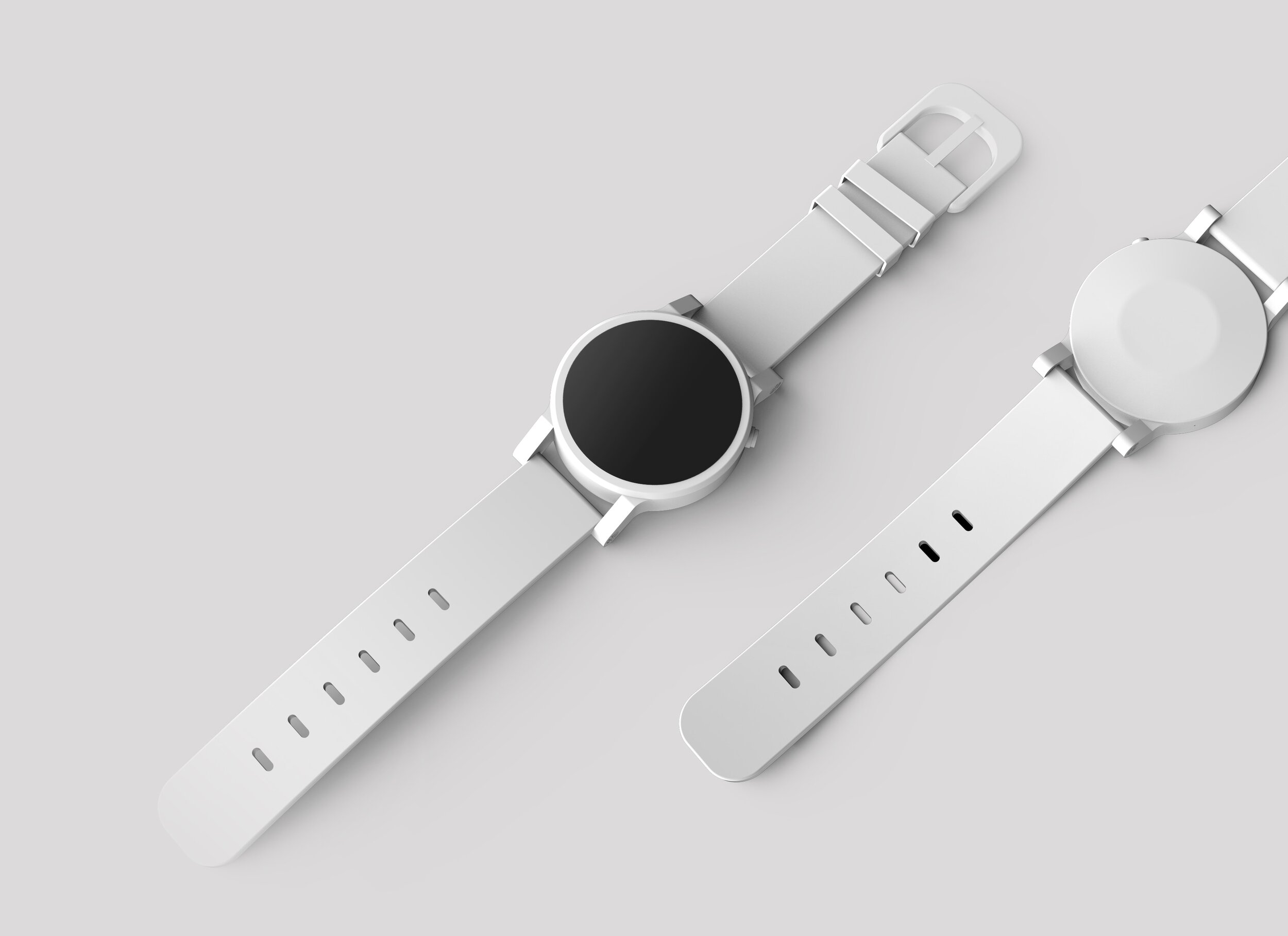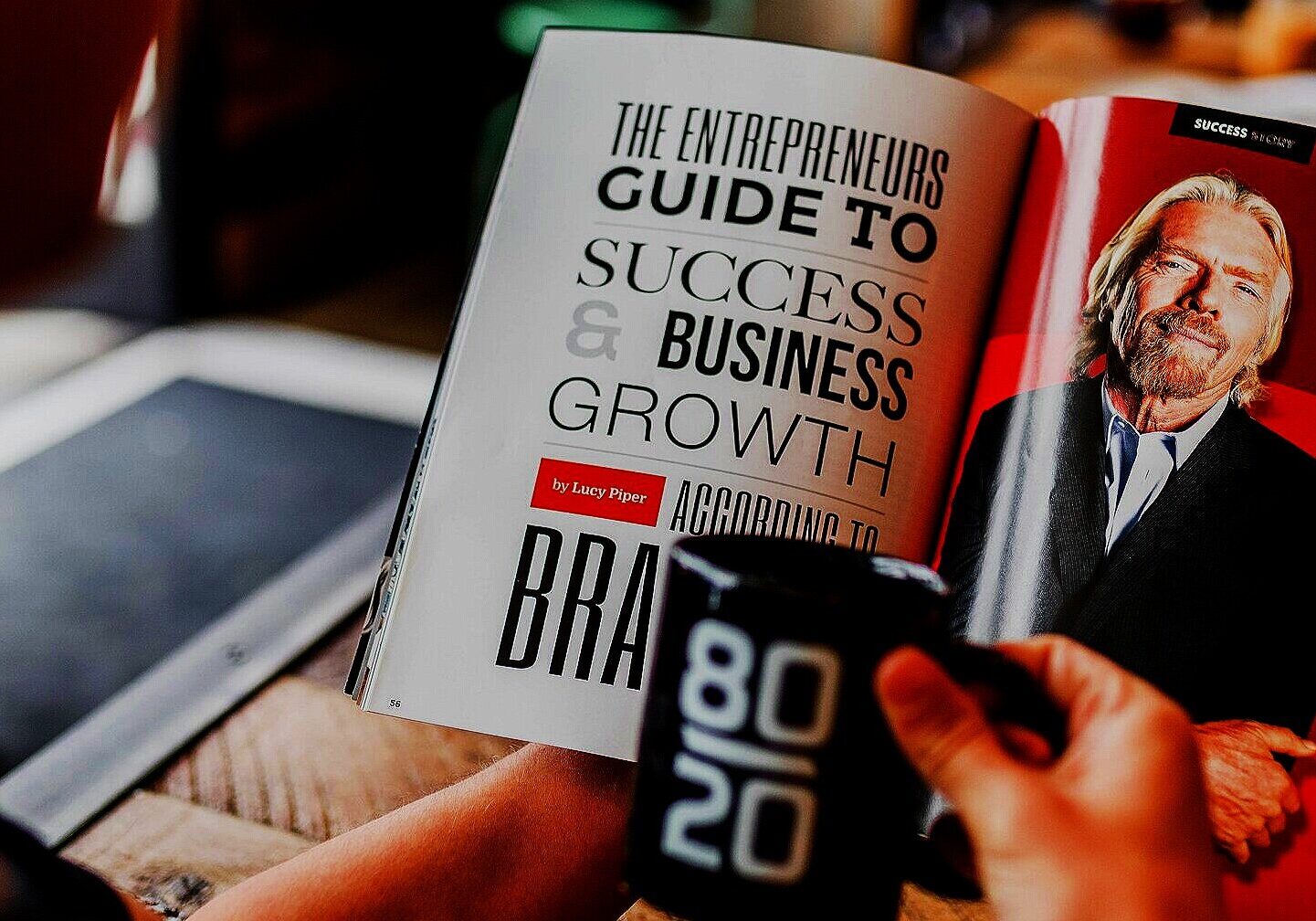As founders we have this amazing vision of what our product or platform will look like. We want it to be perfect when it hits the market and the customers begin to interact with it. We see other platforms or products out there and feel we will not be able to compete unless it is to those standards. I am not a big fan of the phrase “move quick and break things” but more in line with “move quick and learn”. Minimal Viable Products are a hard thing for many founders to wrap their minds around. We do not want an ugly baby and so we spend way too much time and money on our initial product, only to then learn that it is all wrong.
This is a consistent issue that often leads to startup failure. One phrase I love… “if you are not embarrassed by your first product you launched too late”. So, we are going to dive into how to develop your MVP and raise your odds of success.
So what is a Minimal Viable Product (MVP)?
According to the Lean Startup Method, an MVP is a version of a new product which allows a team to collect the maximum amount of validated learning about customers with the least amount of effort. This validated learning comes in the form of whether your customers will actually purchase your product.
So how does one know what their MVP should consist of? Lets dive in…
1.) Define the problem your product will solve
The first step to building a Minimum Viable Product that works is identifying the problem your product will solve. You need to know what that pain point exactly is and who is wanting the solution the most. This group of people will become your target audience and future customers.
Start by asking these questions:
-
What is the problem that my product solves?
-
What is the most important goal of my product/solution?
-
Who are your initial users?
-
How significant is this problem for my target audience and how exactly does it effect them?
-
What solution and benefit does your product bring to them?
-
Which features are core features to your product?
-
How will I measure the end result to determine if your solution meets these goals?
The MVP is all about testing your idea and figuring out what exactly will work to attract your customers, and ensuring that the MVP meets the customer’s needs. If everything has been done correctly, then it will be much easier to finalize the product and market it later.
2.) Market Research
It happens more times than not that ideas do not fit into the market needs. Before you initiate an idea, ensure that it fulfills the target users’ needs. Talk to your potential customers, send out surveys and LISTEN. The more information you have, the higher your chances are of your success. Also, do not forget to keep an eye on what your competitors are offering, and how you can make your idea unique.
3.) Express Your Idea
What value does your product offer to its users? How can it benefit them? Why would they buy your product? These are important questions to keep in mind to better express your idea. Then again sit back, don’t talk and just listen. Remember, it does not matter how much you love your product. It matters how much your target market loves your product.
Do not get emotionally attached to your product or service. Become passionate about the problem you are solving.
4.) List the Project Features
List all the features that you want to incorporate into your product before you start building the MVP. Once have that list, start to look at them from your target market’s point of view. What is the least amount of features but critical to provide value? What must your customer have in order to want to use and pay for your product? Again it is helpful to TALK to your customers.
List the remaining features prioritizing them in highest value to least. Keep in mind the amount of effort, money, time and capabilities of your current team. If one item is of high importance, but will need strong investment dollars – what is the next feature that will provide value for your customer, but is inexpensive and quick to roll out?
5.) Build your MVP
Once you have decided upon the main features and have learned about the market needs, you can create your MVP. As you begin to build your product, know that although it cannot be low quality and it needs to be something that is easy and enjoyable for the customer, you need to be able to work toward getting it to market. Remember, the MVP stage is to gain customer feedback and begin to truly understand them as they start to engage with the product.
Being transparent and authentic with your customer, as you launch your MVP, I find extremely helpful. Tell them what you are up to, where you are currently at and the vision for the future. Authenticity goes a long way. Private launches are also a great way to not lose your customer during this phase and make them feel special. Pick a diverse and strong group of customers to test it out. Another amazing way to build strong relationships.
This also may not apply to you – for example, if you are in biotech or pharmaceutical industries. With industries highly regulated and complex, you will more than likely need to raise your first round before the product is launched.
7.) Build, Measure, and Learn
Everything is a learning process. Staying coachable, willing to learn, and being open to hearing that your baby is ugly. It is all part of the journey to success.
Review everything after launching the MVP. Collect your client’s reaction to the release. With their feedback, you can determine if the product is strong enough for the market. You can determine if is it competing with the other products with no real differentiator, or your customers may give you an idea that you have not thought of before. It is all about perspective.
Once you collect the feedback from the users, start improving your product, then test, learn, and measure and repeat. If you are successful this process never stops. You must always have a driven mindset and work hard to stay relevant and ahead of your competition.
Remember!
-
Always listen to your users
-
You are building products for the customer
-
Never hesitate to ask your users what they want




